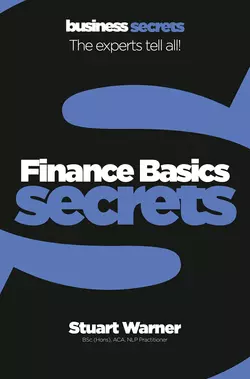Finance Basics

Stuart Warner
Тип: электронная книга
Жанр: Зарубежная деловая литература
Язык: на английском языке
Стоимость: 191.96 ₽
Статус: В продаже
Издательство: HarperCollins
Дата публикации: 28.04.2024
Отзывы: Пока нет Добавить отзыв
О книге: The finance basics that experts and top professionals understand.Get results fast with this quick, easy guide to the fundamentals of Finance.Includes how to:• Analyse a business from its financial reports• Understand a Profit and Loss account• Make sense of accounting jargon• Build a financially sound business plan• Deal with revenue, profit and cashflow